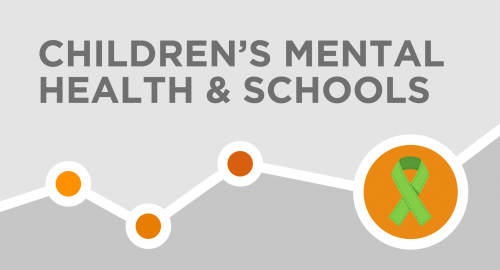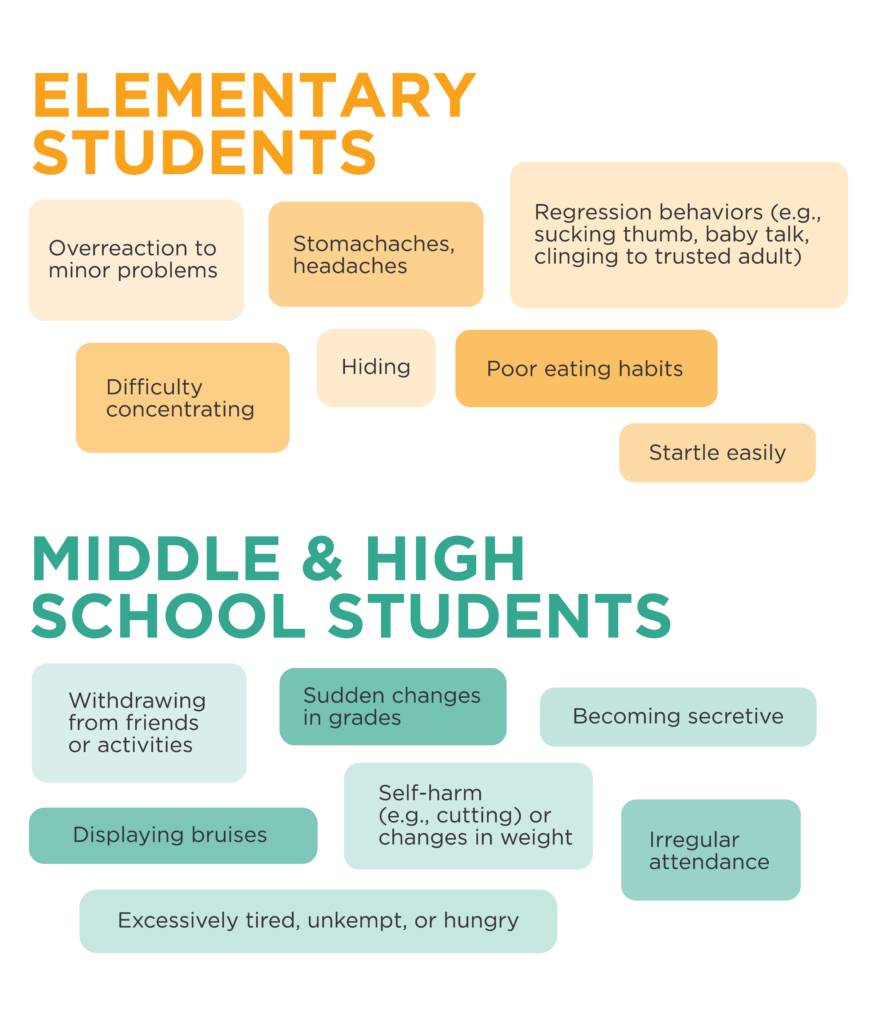Listen to this blog
4 minutes
Schools play a significant role in supporting students’ mental health needs. Research has shown that when students receive adequate support for their mental health needs, they perform better academically, have improved social skills, and are more likely to have positive relationships with peers and adults. Conversely, untreated mental health problems can lead to a range of negative outcomes, including academic difficulties, behavioral problems, and social isolation.
There are several strategies schools can use to create a supportive and inclusive environment that promotes mental health and well-being. Let’s take a look at some of the methods schools can use to better support their students.
1. Normalizing Mental Health Discussions
Schools can combat the stigma surrounding mental health by normalizing discussions about mental health and mental illness. This can be done through activities such as classroom discussions, school-wide events, and presentations by mental health professionals. By openly discussing mental health, schools can help to reduce stigma and encourage students to seek support when they need it.
2. Recognizing signs a student needs support
“Too often, we think reactively instead of proactively in how we’re addressing students’ mental health concerns. To be proactive, we have to start recognizing when our students are struggling before it reaches a crisis point.” Dr. Amy Grosso, Director of Behavioral Health Services at Round Rock ISD (TX)
With the impact mental health struggles can have on students’ academic performance and sense of connectedness, recognizing signs earlier is critical.
Symptoms of these conditions—which can include anxiety, depression, and trauma—vary, but they may include persistent worry, difficulty concentrating, changes in mood or behavior, and physical symptoms such as headaches or stomachaches.
These symptoms make it challenging for students to focus in class, complete assignments, and build positive relationships with their peers. Early intervention is the most important and effective way to support a student who may be experiencing challenges they are not equipped to manage.
3. Providing Mental Health Services
Many schools are limited by their resources, but there are still steps that they can take to provide mental health services to students. This might include partnering with community mental health providers, using telehealth services, or investing in school-based mental health services. By providing mental health services on site, schools can ensure that students have easy access to the support they need.
Being able to recognize a student in the initial stages of distress empowers schools to reduce that child’s exposure and give them the support they need to cope and heal.
4. Investing in Staff Training
One way to overcome the lack of knowledge and training among school staff is to invest in training programs that focus on mental health issues. This might include professional development workshops or ongoing training for teachers, counselors, and other staff members. By providing staff with the knowledge and skills they need to recognize and support students with mental health issues, schools can improve the overall mental health of the student population.
5. Fostering a Culture of Support
Finally, schools can work to create a culture of support that encourages students to seek help when they need it. This might involve creating a peer mentoring program, establishing support groups for students, or working to create a positive school climate that promotes mental health and well-being. By fostering a culture of support, schools can help to ensure that students feel comfortable seeking help when they need it and that mental health is valued and prioritized within the school community.
Support student mental health with StudentSafe
Addressing children’s mental health in schools requires a concerted effort from school staff, administrators, and community partners.
Raptor’s patented StudentSafe technology brings together the systems that help schools recognize, document, support and manage the wellbeing of individual students. The intuitive and robust platform includes safeguarding and behavioral threat assessment (BTA) methodologies which are proven to help schools recognize a student in need of early intervention and support for their wellbeing.
Related Resources
Guide to K-12 Student Wellbeing
Strategies to Recognize, Document, and Support Students in Distress
Listen to this blog
4 minutes









